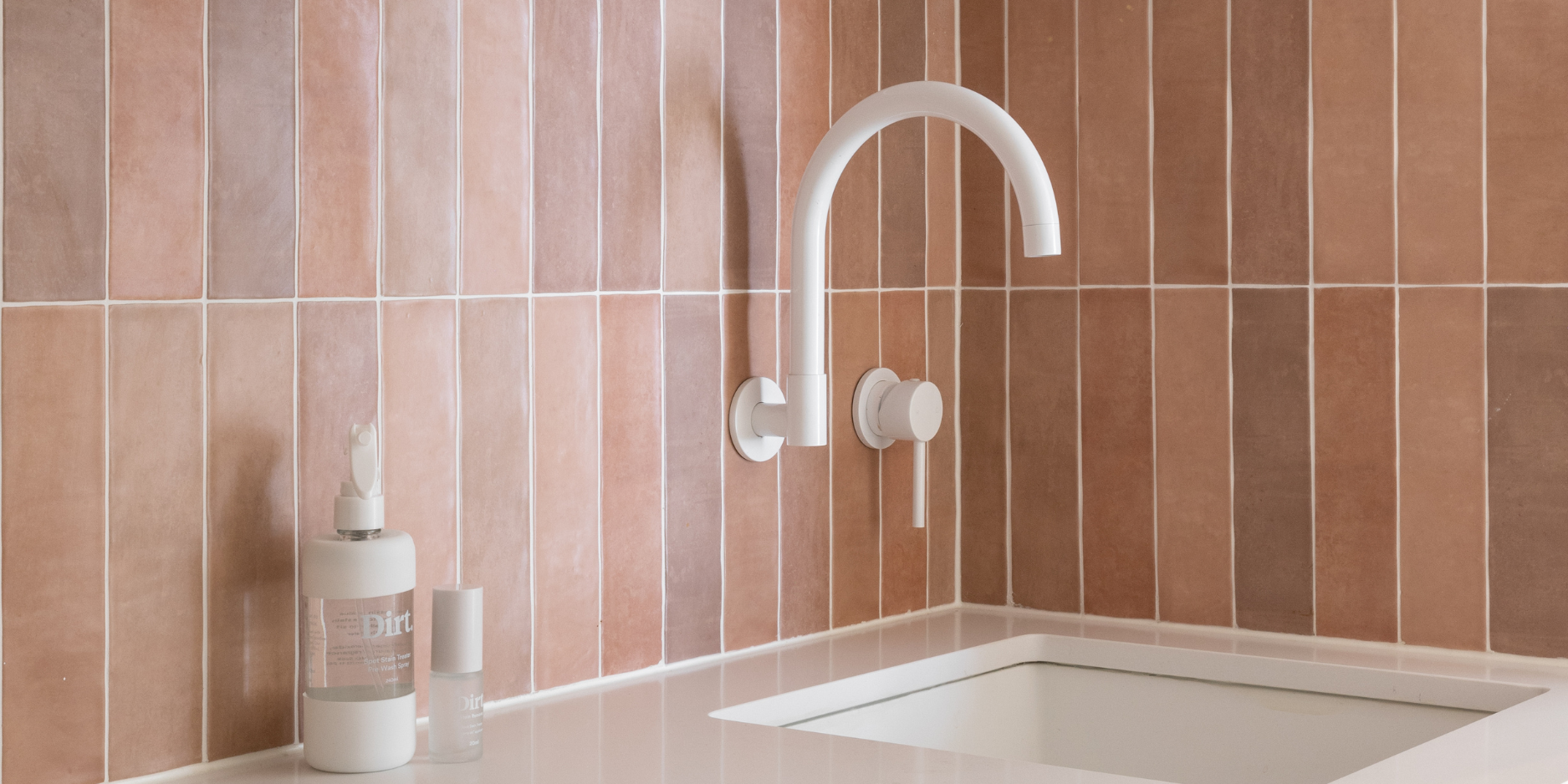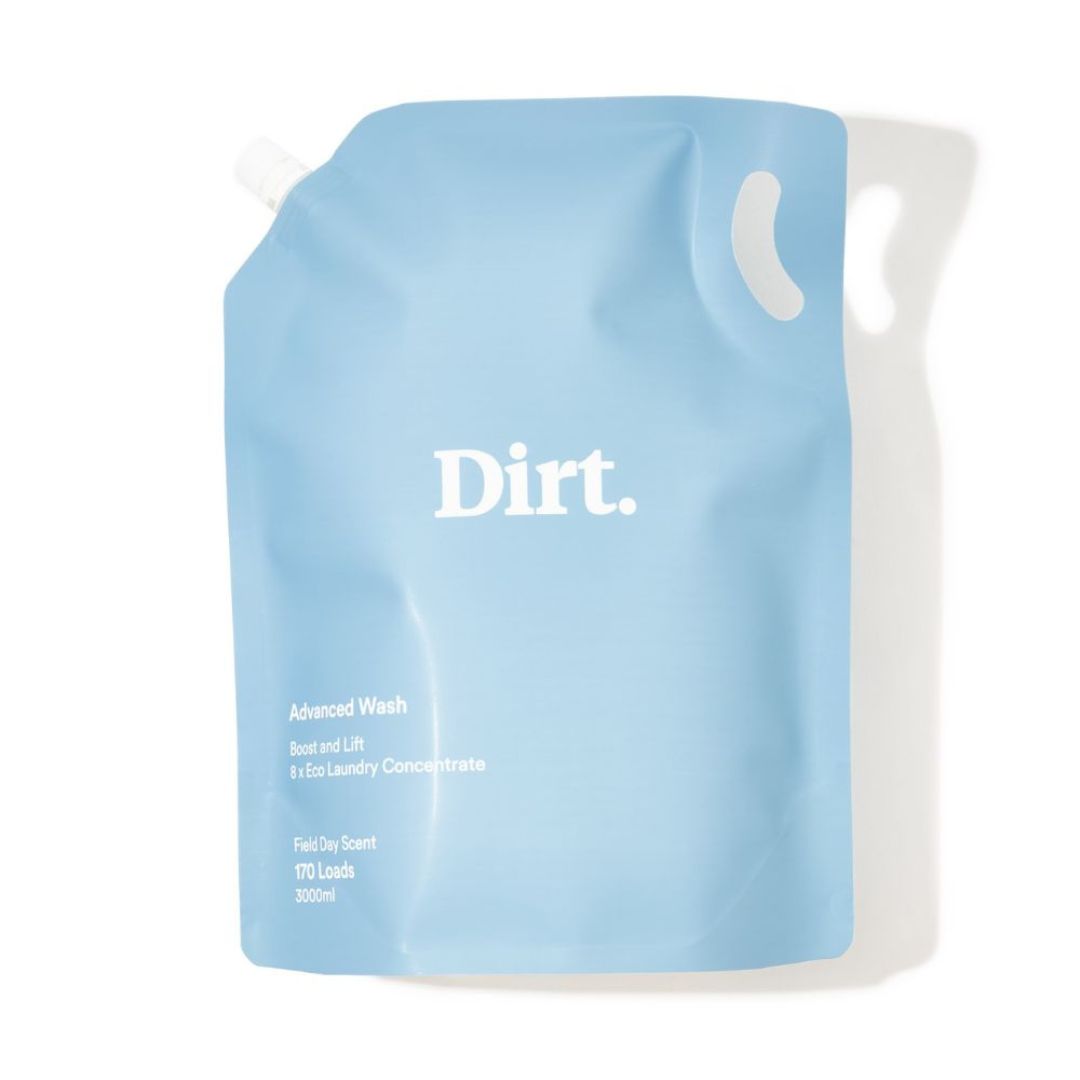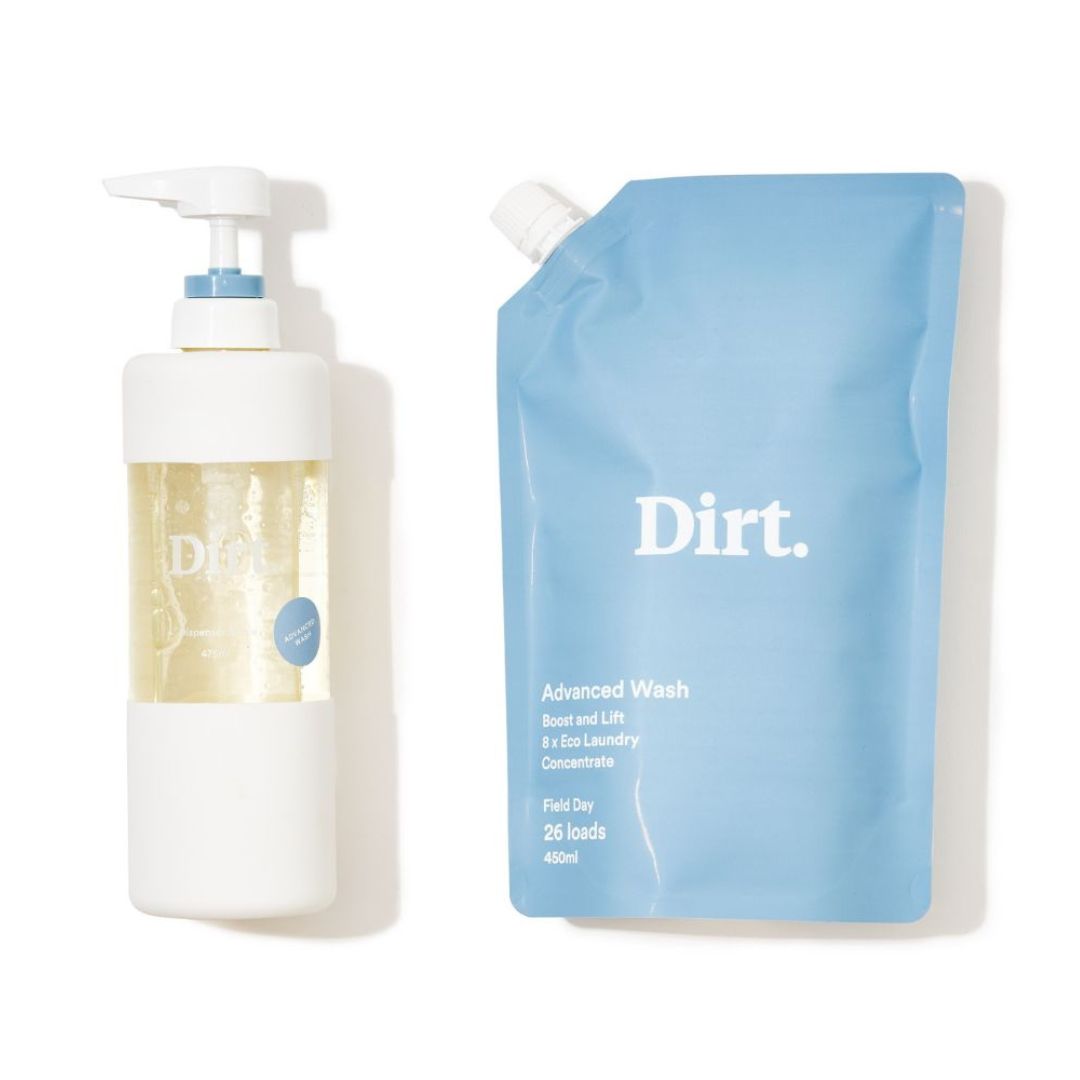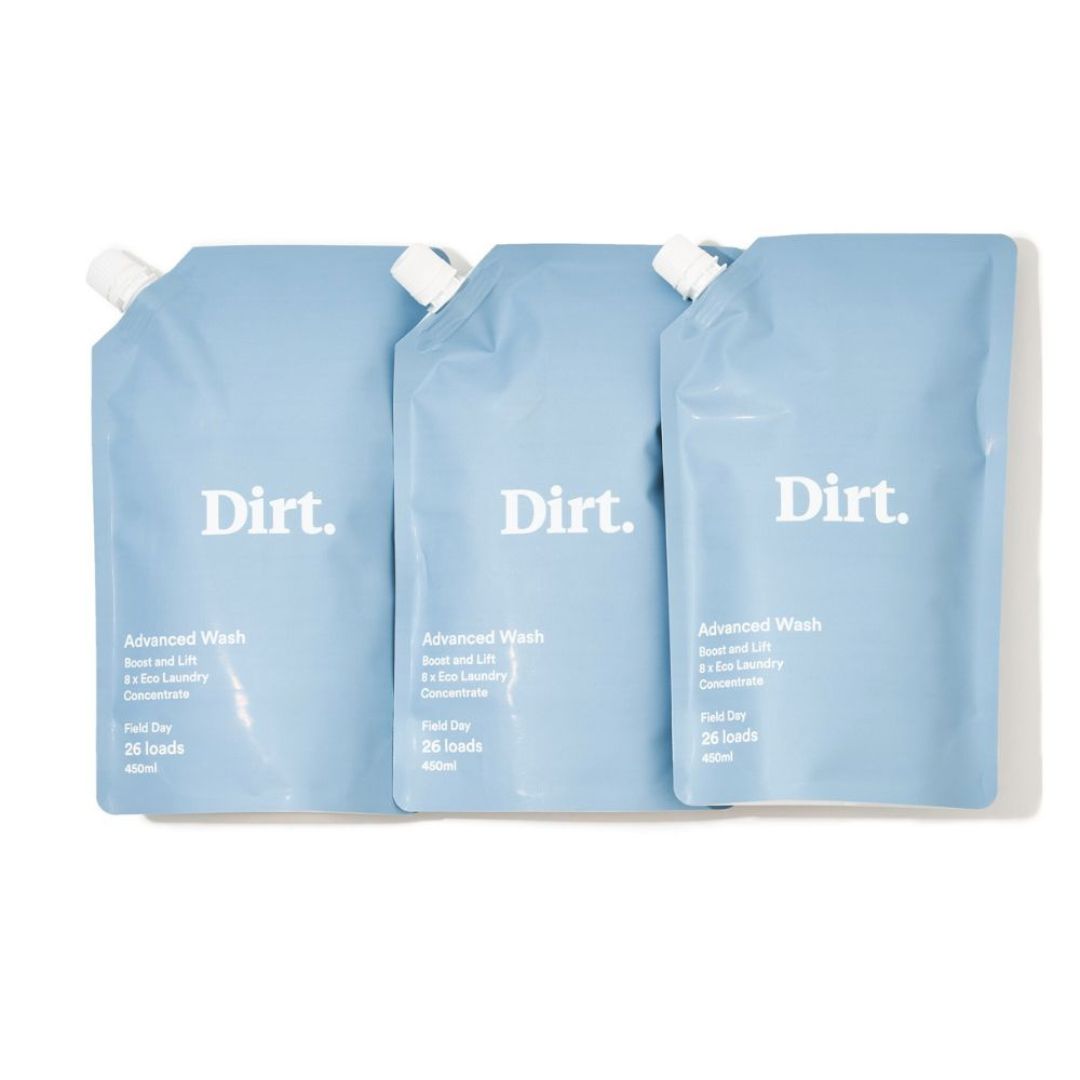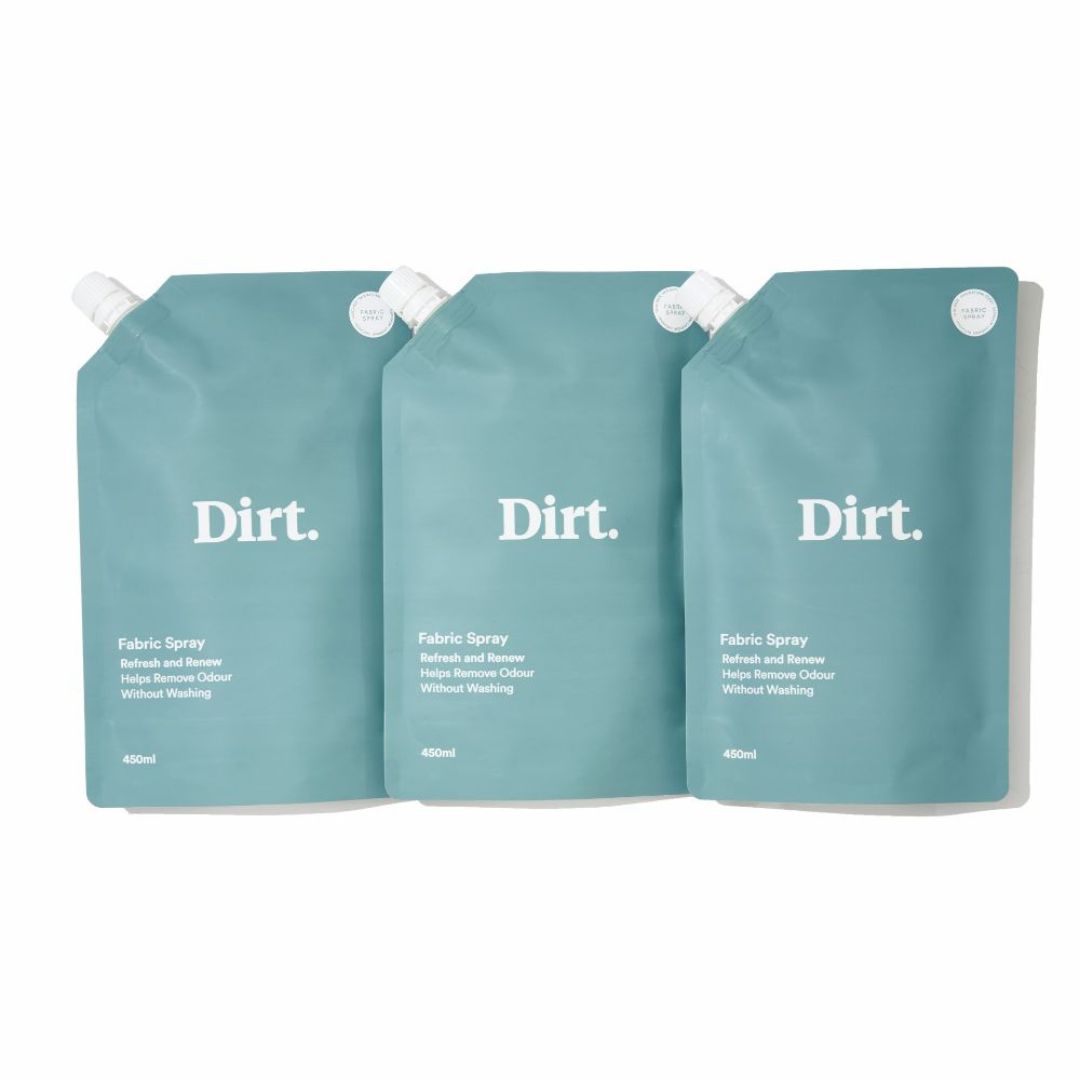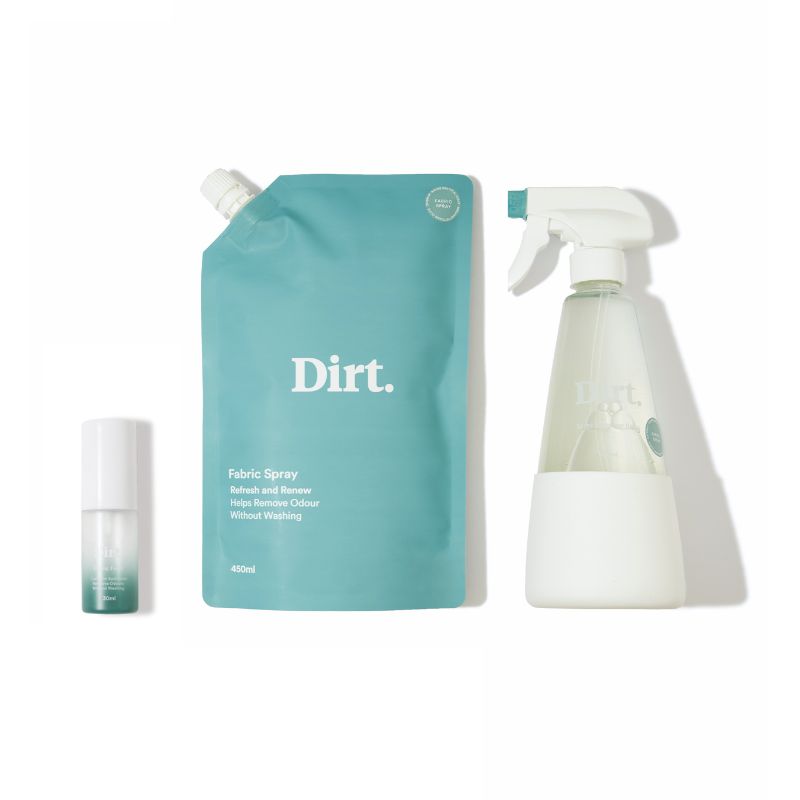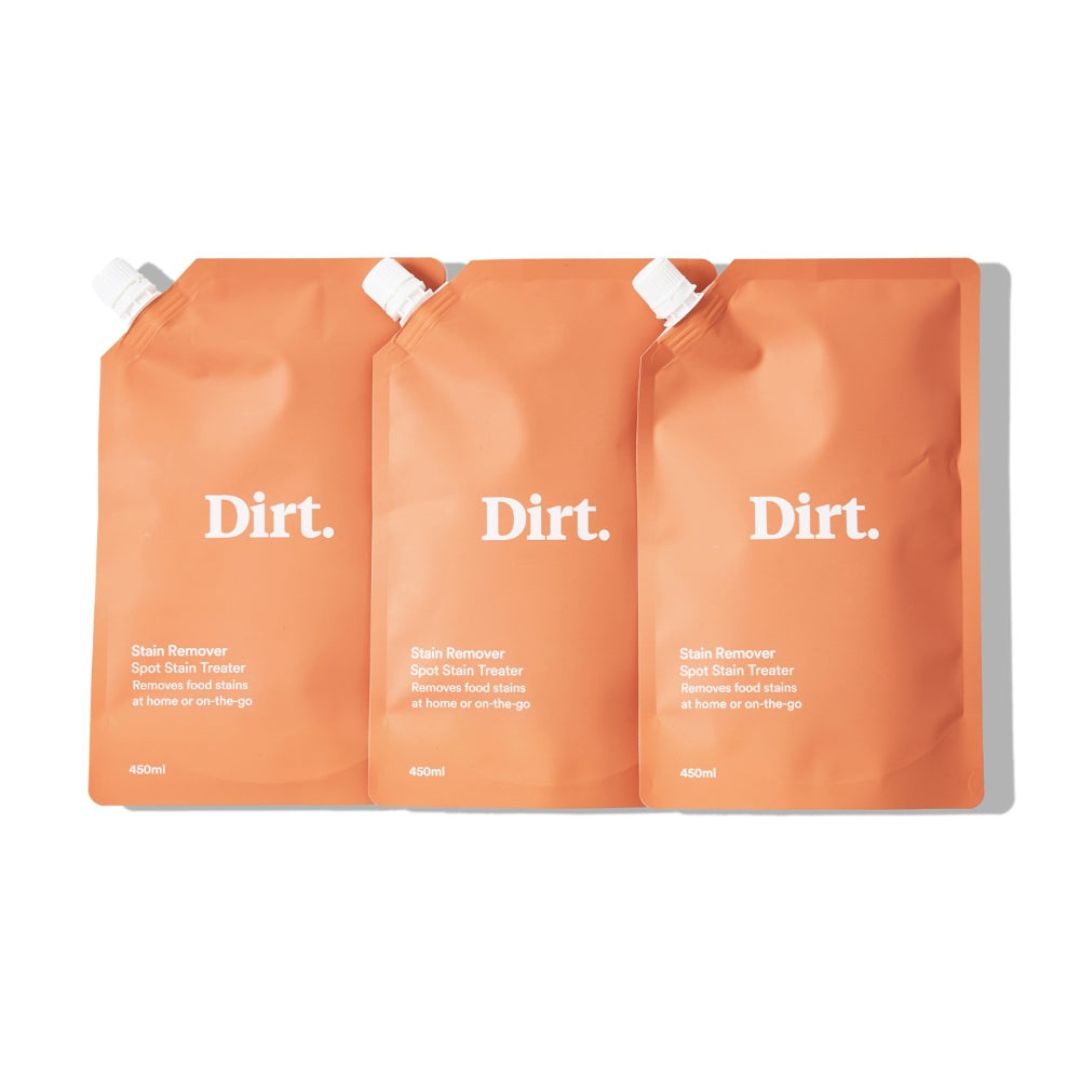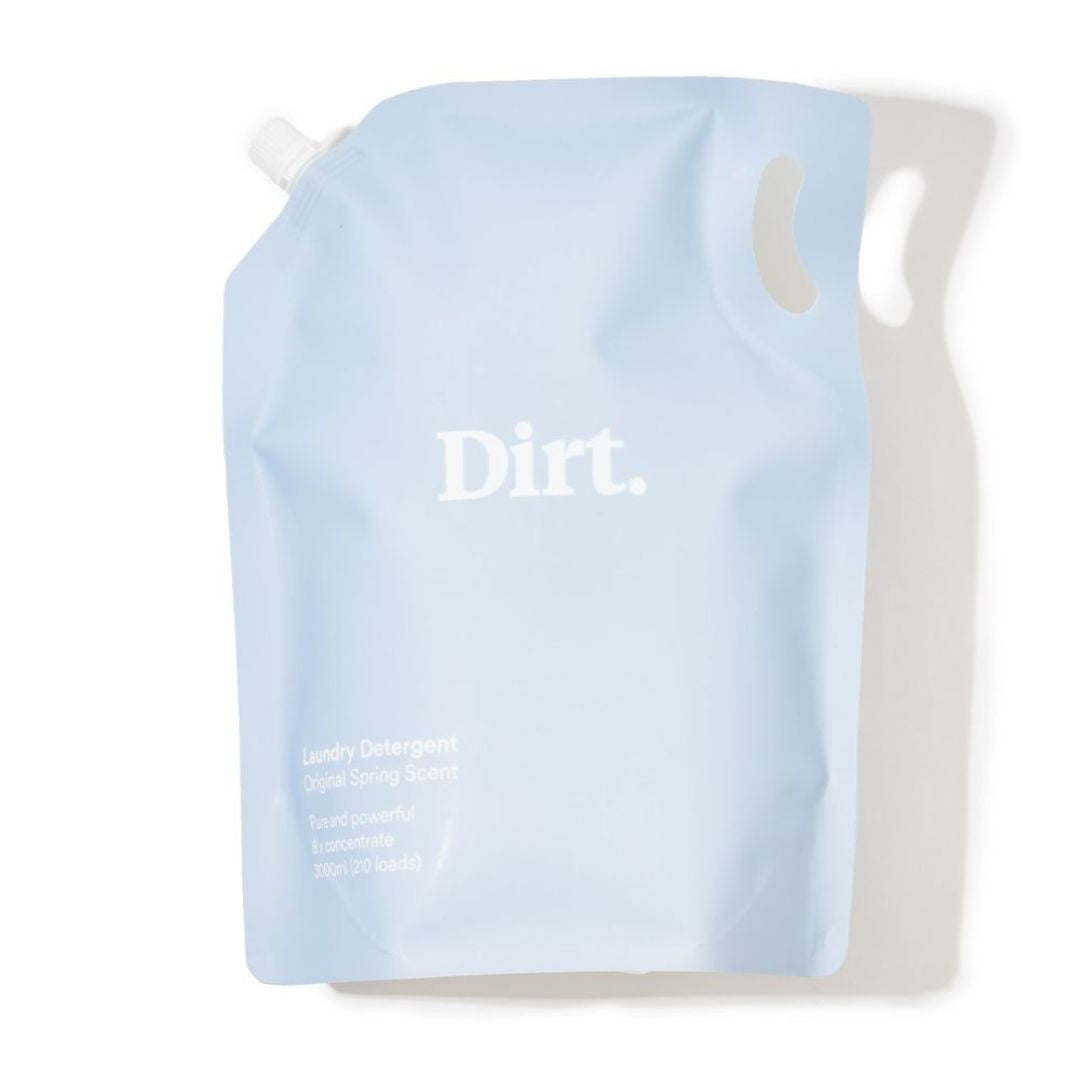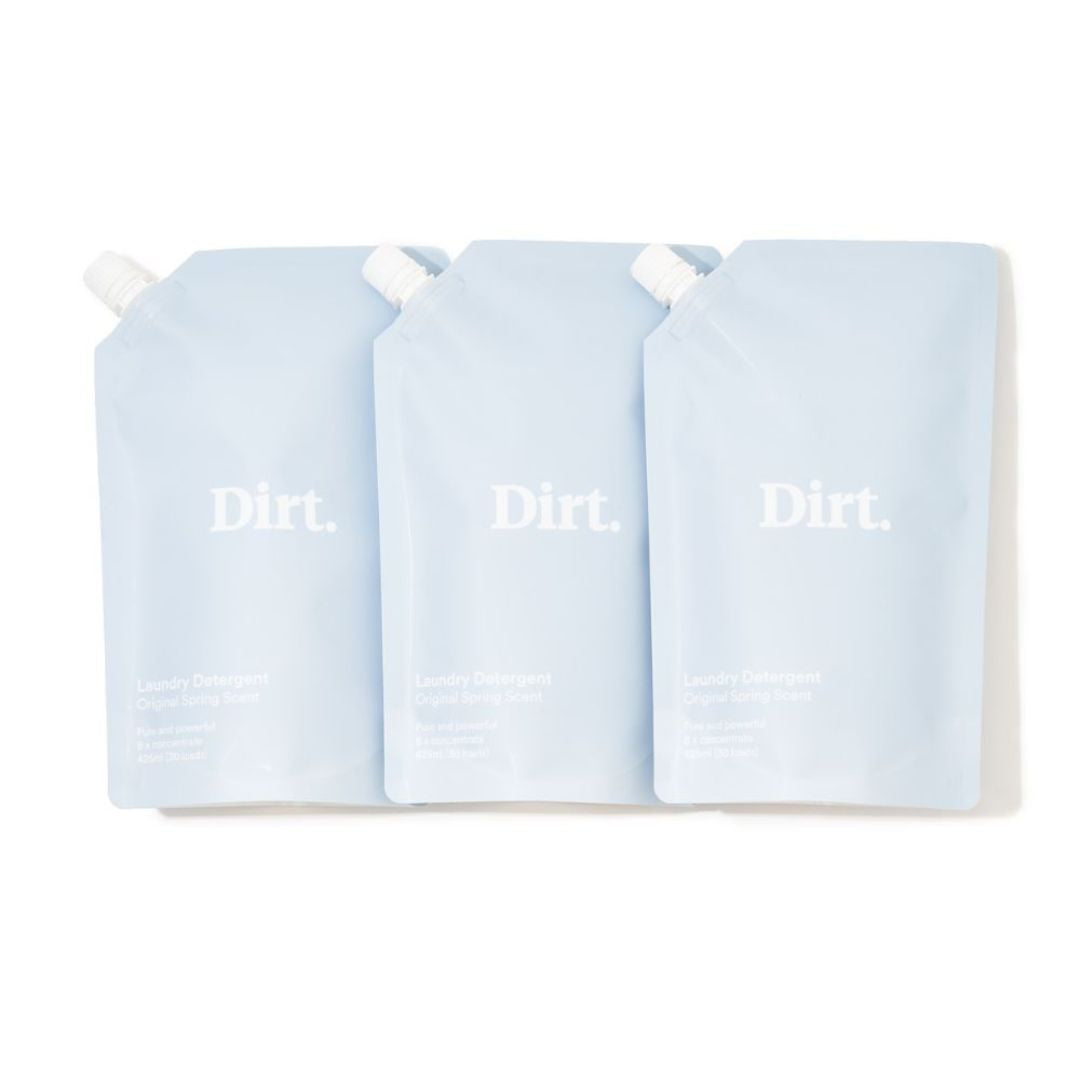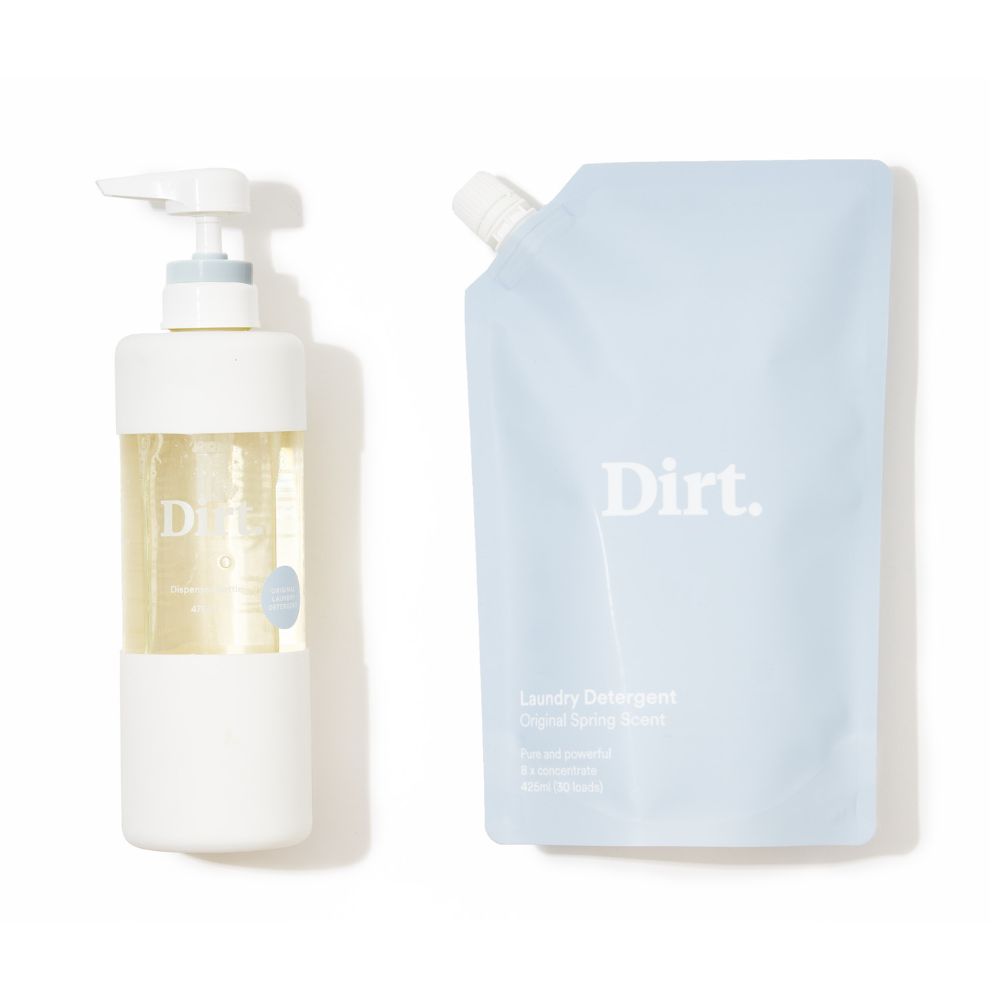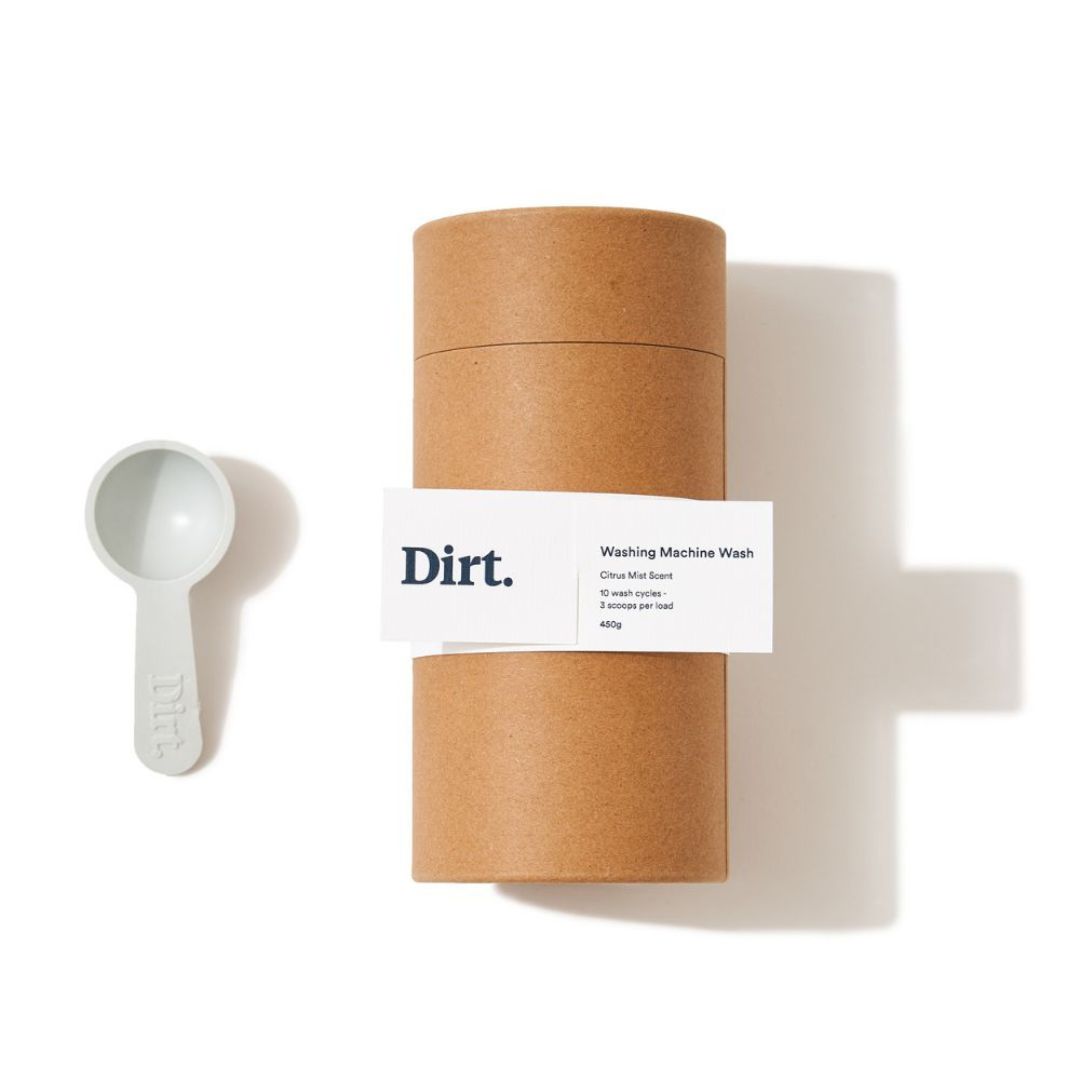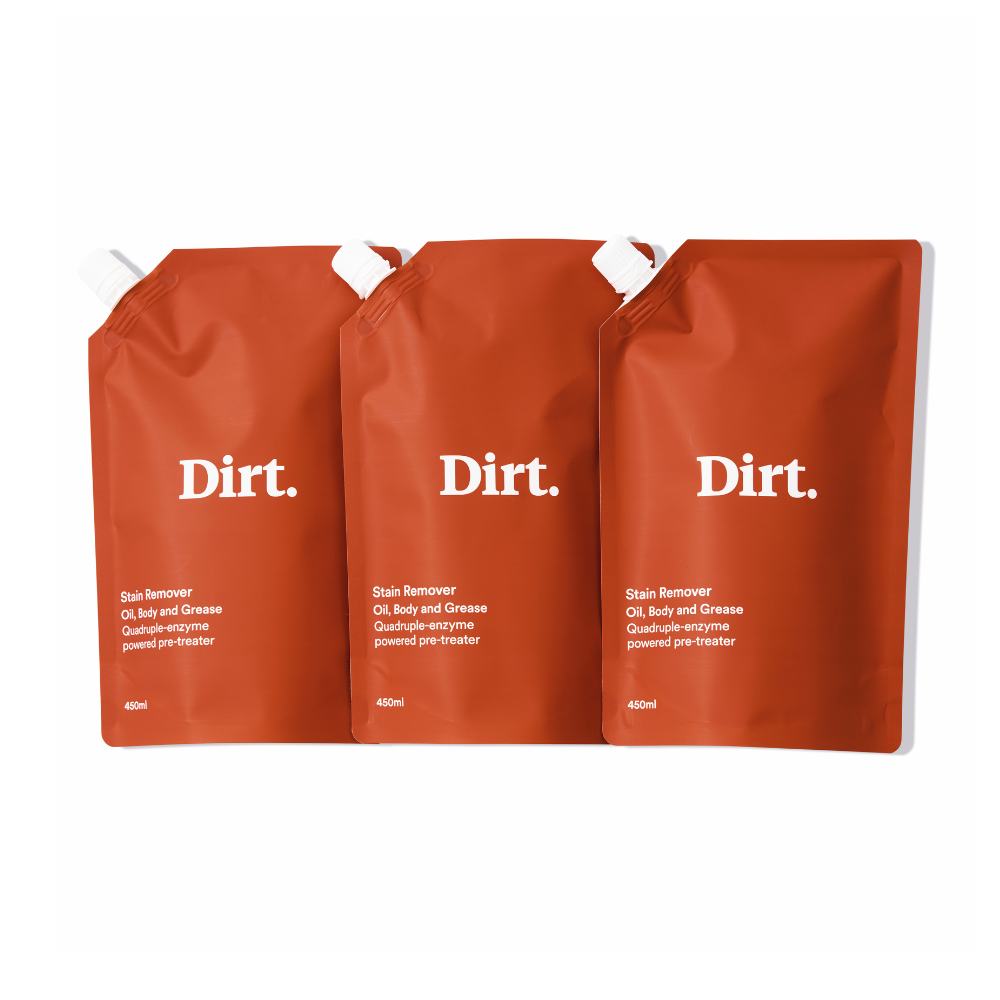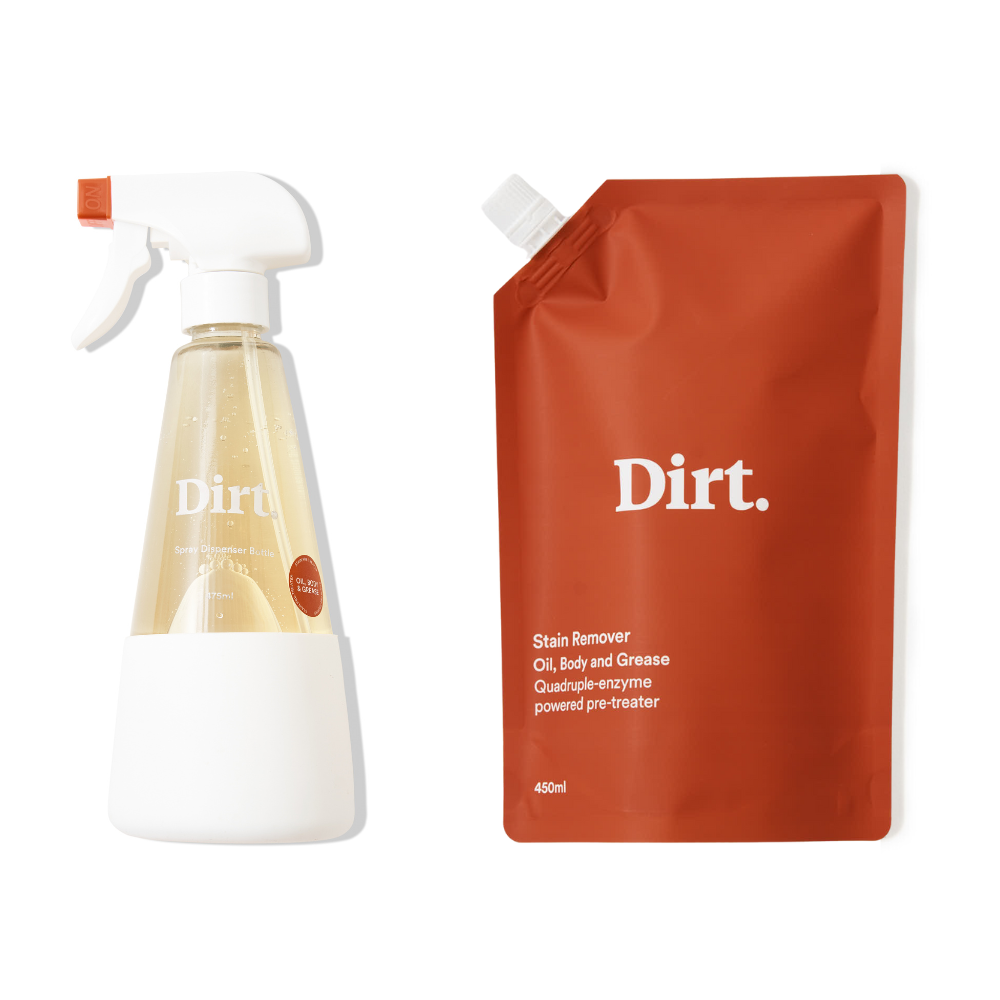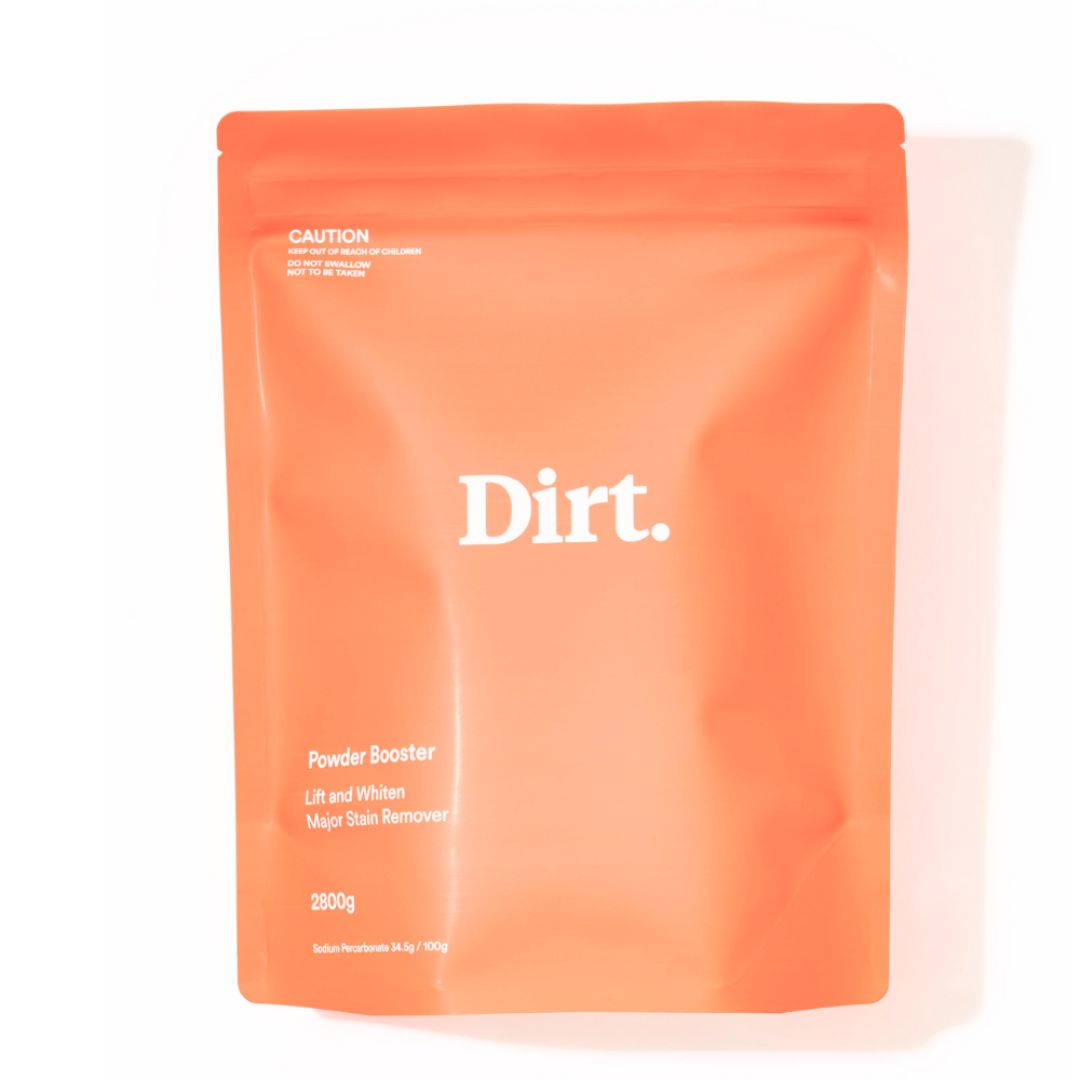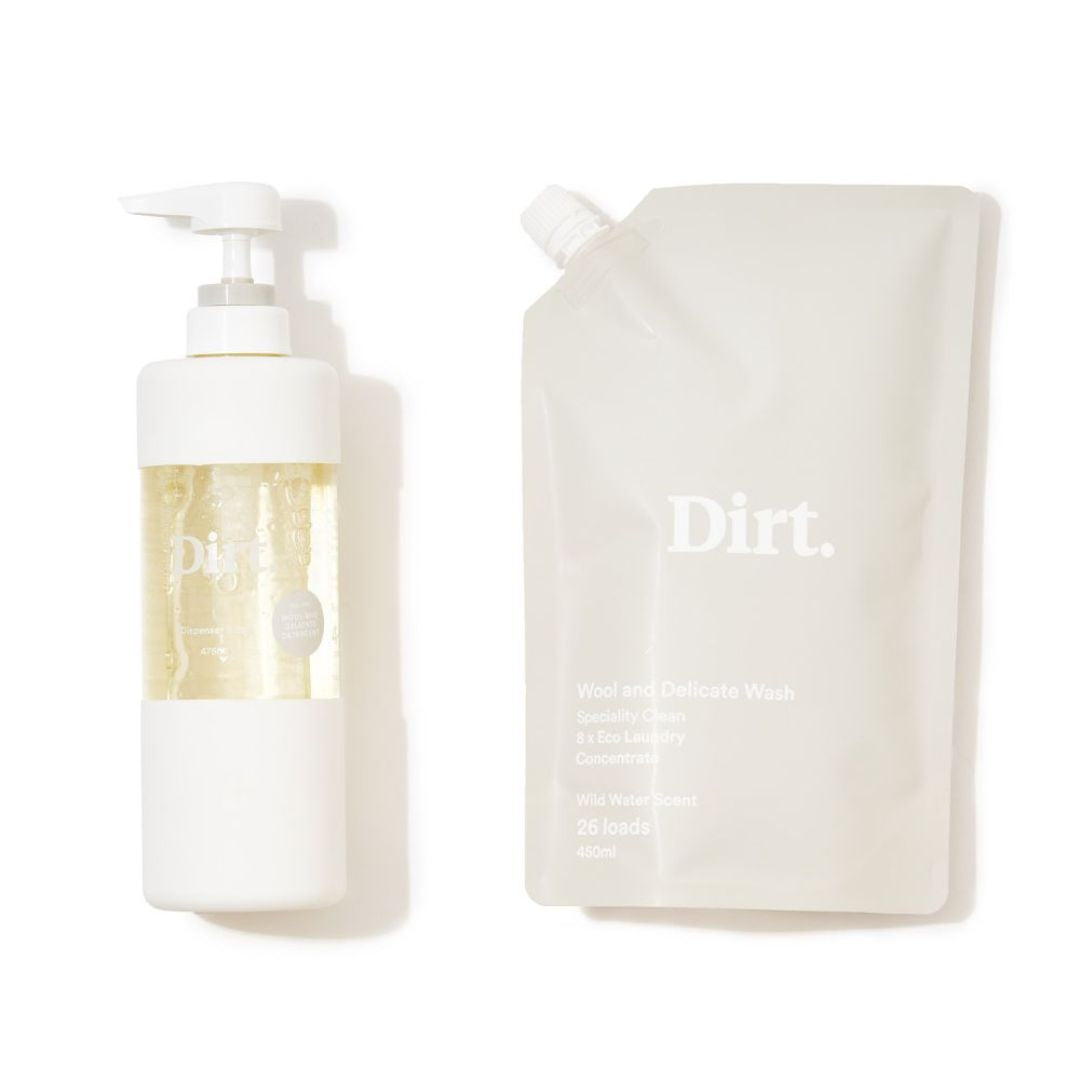Question. When’s the last time you thought about your septic system? Last week, last year… never?
If you answered with the latter, we get it. We can confidently say that septic systems are never a hot topic of conversation, which is why we’re bringing it up. For those out of the loop, a septic tank is an underground treatment system for all of your household waste, sewage and other nasties. An essential part of many households – these systems rely on the natural breakdown of waste materials with the help of ‘good bacteria’ to function properly.
When it comes to cleaning our homes, we often overlook the impact our cleaning products can have on our septic systems. This is why it’s important to choose cleaning products that are septic safe to ensure the longevity and efficiency of our septic systems, as well as for the environment.
So, what exactly makes a cleaning product septic safe? Let's dive into the key factors to consider below.
-
Biodegradability
One of the most important characteristics of a septic safe cleaning product is its biodegradability. This means that the product can break down naturally into harmless substances when it enters the septic system. If it’s not biodegradable, it can cause serious stress to your septic system with product build-up and eventual clogging.
At Dirt, our products are made from naturally-derived, plant-based ingredients and are 100% biodegradable.
-
Low phosphorus content
Phosphates are made from phosphorus, which plays an important part of any ecosystem. In naturally occurring levels, it’s not harmful to animals or humans. However, like anything in excess, it can become a big problem.
A common ingredient in many cleaning products, phosophorus in larger-than-normal amounts can harm septic systems. High levels of phosphorus can lead to an imbalance in the septic tank, which in turn, slows down the natural breakdown of waste. Instead, opt for cleaning products with low or no phosphorus content to avoid potential issues.
At Dirt, we don’t use phosphates.
-
Too much of, well, anything.
Septic systems are designed to be able to process lots of different types of waste. But just as with humans - too much of even the good things, might lead to trouble.
Too much cooking oil. Too much dish soap, too much bleach. Just remember, with septics as with all things in life, the key is balance - so if you're having a spring clean, just remember to pace it out.
-
pH balance
Speaking of which, The pH level of a cleaning product is another crucial factor to consider as septic systems thrive in an environment with a neutral pH level.
Cleaning products with extreme pH levels, such as highly acidic or alkaline solutions, can disrupt the balance of the septic tank by destroying the good bacteria responsible for the breakdown and digestion of organic waste – leading to product build-up and clogging. Typically, stain removal products have a lower pH, whereas detergents have a higher pH, but if you have a really sensitive system you can also look for products marked with “Neutral pH”).
Fun fact: Our products have a pH that is well within the range at the application we suggest, so that even your garden can handle – so no need to worry about your precious petals if you hose them with greywater!
-
Naturally-derived ingredients
Naturally-derived ingredients are exactly what they sound like, ingredients of natural origin, made from mother nature. And when it comes to effective alternatives to harsh chemicals, there’s a few that come to mind: vinegar, baking soda, lemon juice and essential oils. These options are safer for septic systems than their chemical counterparts, and are better for the environment, naturally.
The alternative is petrochemical or synthesized. Although not all alternative ingredients to natural are bad (and not all natural ingredients are good), septic tanks use natural processes to breakdown waste, so it stands to reason you’re reducing the changes of any damage if you focus on natural ingredients.
At Dirt, our products are made from naturally-derived and plant-based ingredients.
Need a quick and easy guide? Here’s what’s ‘safe to use’ and ‘not so safe’ to use below.
Safe to Use |
Not so Safe |
|
|
By choosing septic safe cleaning products, you can maintain a clean and healthy home while also preserving the functionality of your septic system, and looking after the environment. Remember to read labels properly (if you can’t pronounce it, your best bet is to put it down) and keep an eye out for greenwashing buzzwords like ‘non-toxic’ and ‘chemical-free’, and instead, have a closer look at the ingredients list.
Armed with our helpful guide, you can make better and more informed choices that benefit both your home and the environment.
Want to know the nitty gritty about Dirt?
Head to our FAQs for more answers here.

